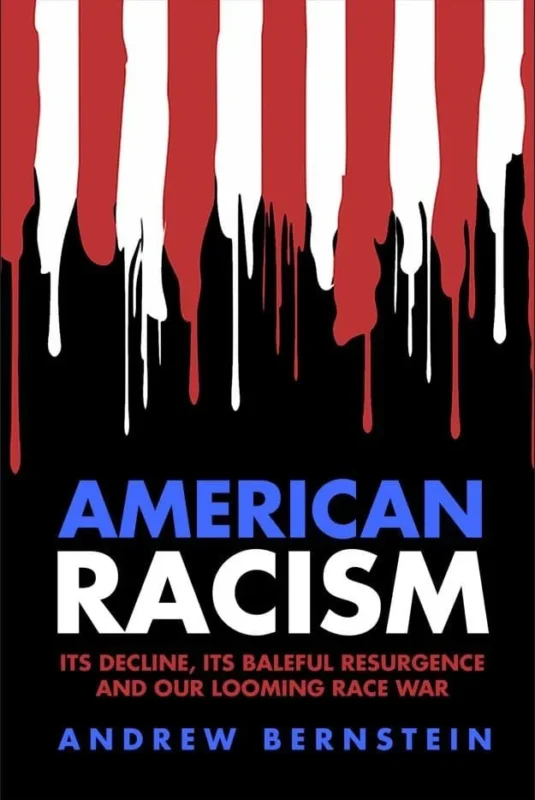Buy Civil Rights : Rhetoric or Reality from Amazon.com
In his work, Civil Rights : Rhetoric or Reality, Professor Thomas Sowell confronts the “rhetoric” of the civil rights establishment and contrasts it with the “reality” of the facts concerning American society.
According to Sowell, the liberal establishment made a key blunder in the late 1960s. After the civil rights revolution became public policy, many assumed that there would be “statistical equality” between whites, blacks, Hispanics, and Asians in all categories from family income levels to loan-acceptance rates. Needless to say, this did not happen during the heady days of the civil rights revolution. Even in the year 2000, this equality still has yet to occur. The only explanation, according to Leftist activists, is systematic racism. It would be nearly impossible for Americans to believe that — nearly 50 years after the Brown decision — we still live in a systemically racist society. But that is precisely the rhetoric that is force-fed to the American public.
Mr. Sowell, on the other hand, states that discrimination does not explain the statistical variance. For example, Asian-Americans outperform Anglo-Americans on virtually everything from SAT scores to PhDs. Surely no one would claim that American society discriminates against whites in favor of Asians. We must take other factors into account if we are to explain this mystery. Family size, age, educational courses chosen, and savings rates are just some of the myriad ways that our races distinguish themselves.
What Sowell shows is that when we control these factors, there is absolutely no divergence between the races. An African-American male and an Asian-American male of the same age, with the same education, in the same occupational field earns the same amount of money. The same is true of Hispanic men and white men. Incredibly, these statistics have been consistent since the 1960s when America was still supposedly a “racist” country!
Of course, there were racists in the 1960s just like there are racists today. But Mr. Sowell points out that our nation is — contrary to the conventional wisdom — remarkably color-blind. This would shock most Americans initially but is largely consistent with daily experience. The vast majority of Americans are not racist and would resist the suggestion that they are secretly prejudiced. Mr. Sowell’s studies reflect this hidden truth.
The author also makes important points concerning the feminist movement. Once you control for all other factors, a man and woman earned the same income during the 1960s, even before the feminist movement. Men and women still earn the same paycheck today, even amidst the whirlwind concerning “pay inequality.”
If there is a moral to Mr. Sowell’s story it is that the original civil rights movement has become a hideous deformation of itself. The original movement was fought for the right reasons — equality before the law — and was remarkably successful as these statistics reveal. But — like most revolutions — this one didn’t know when to quit. The political goal of “equality of opportunity” became perverted into “equality of results.”
The prescription of affirmative action, largely unnecessary, has only alienated the vast white majority and did nothing to close the quality-of-life gap between whites and blacks (crime, drug use, single-parent families, etc.) On the other hand, it has certainly fattened the wallets and enhanced the profiles of public figures who make a healthy living denouncing the alleged “racism” of American institutions, bullying private corporations, and winning elections. Most Americans — white, black, Asian, and Hispanic — suspect that these activists are wrong. Sowell’s book proves this.









